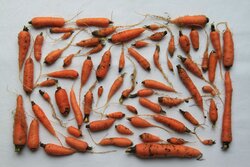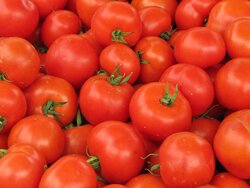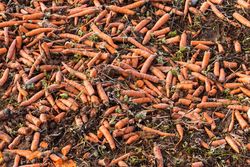Dossier
Less is more: reducing food losses and waste
Felicitas Schneider | 10.06.2024
The production of safe food is resource-intensive. Nevertheless, one third of the quantities produced are thrown away. What strategies can help to prevent food loss and waste on their way from the fields to our plates?
Estimated 1.3 billion tons of edible food is wasted worldwide per year. This corresponds to nearly one third of all edible groceries produced. Almost every one of us throws something away occasionally – at home, at school or at work. How much does it cost ourselves and what can we do about it in the household? Do producers, retailers and the catering trade also waste food? What happens to discarded food and why is discarded food harmful for our environment? Could these food products be passed on to the hungry? How do other countries treat this problem in comparison to Germany?
These and many other questions arise in connection with food losses and waste. We would like to explain some of them in more detail here.
Loss or waste – is there any difference?
There is still no uniform worldwide definition of what should be understood by the term “food loss” or “food waste”. In general, the definition of the Food and Agriculture Organization (FAO) is used to describe those in more detail.
“Food loss” describes the loss of edible food wherever food is produced or processed. They occur mainly at the beginning of the value chain.
By contrast, “food waste” tends to occur at the end of the supply chain, in the retail trade, within catering trade and with consumers. Food losses and waste are measured in mass, i.e. in kilograms.
In 2015, the United Nations General Assembly unanimously adopted the so-called Agenda 2030 . It formulates 17 Sustainable Development Goals with a total of 169 sub goals for sustainable global development.
Sub goal 12.3 of Agenda 2030 calls for "halving per capita global food waste at retail and consumer levels by 2030 and reducing food losses along the production and supply chain, including post-harvest losses". Whether these goals will be achieved is to be demonstrated by 2030 by calculating two indicators: The Food Loss Index will cover losses from harvest to pre-retail, the Food Waste Index will cover the levels of retail, out-of-home consumption and households.
Germany has also committed itself to this and in February 2019 presented a national strategy aimed at halving food waste among consumers and retailers by 2030 and reducing it in other areas.
The UN have proclaimed September 29th as the International Day of Awareness of Food Loss and Waste. From 2020 onwards, the aim is to raise awareness of food waste worldwide every year on September 29th.
Estimated 1.3 billion tons of edible food are thrown away worldwide per year. This corresponds to around one third of all edible food produced. These shocking figures were published in a study by the Food and Agriculture Organization (FAO) in 2011.
As the Food and Agriculture Organization of the World, the FAO is working intensively on measures to help prevent food losses and waste. Particularly in developing and emerging countries, innovative solutions are needed to counter structural and economic disadvantages.
On behalf of the FAO, international researchers are developing guidelines, for example, on how freshly caught fish can be dried in the sun with the help of local building materials and simple constructions, without wild animals eating it or the flood washing the catch back into the water. Supra-regional FAO platforms support the local partners in implementing prevention measures.
Together with Messe Düsseldorf, the FAO has launched the SAVE FOOD campaign. At regular events, managers from industry, research, politics and NGOs from all over the world exchange their experiences and ideas on how to avoid food losses and waste.

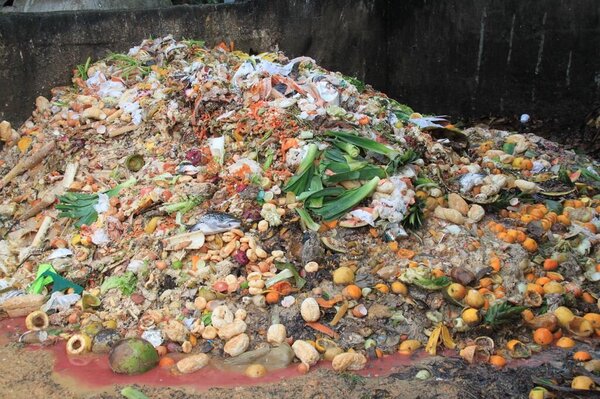
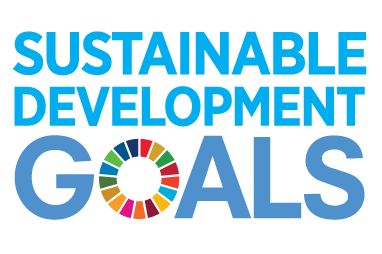
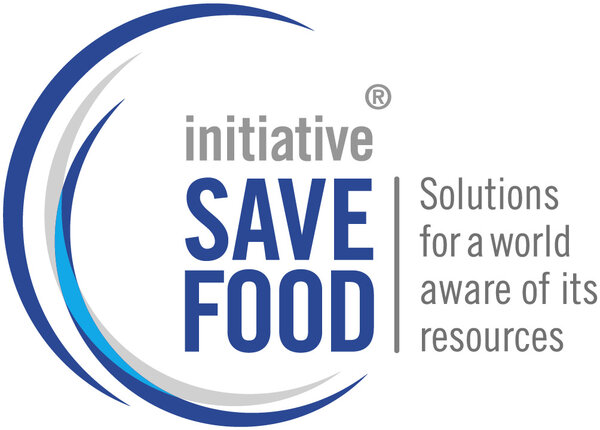
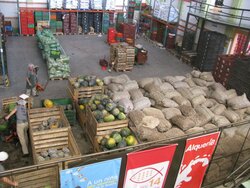
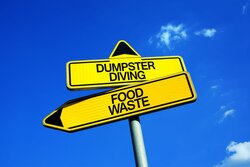
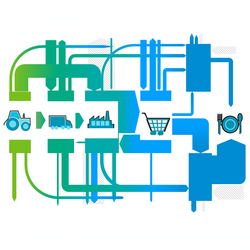

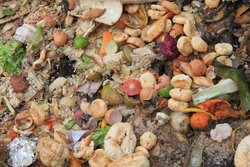
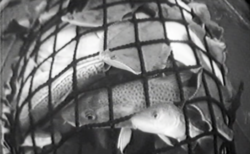
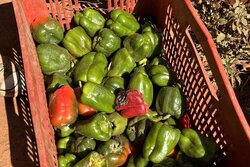
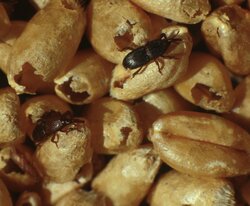
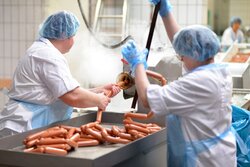
![[Translate to English:] Competence Center for Out-of-Home Catering](/media/_processed_/b/b/csm_paulzhuk_-_stock.adobe.com_411a396cb2.jpg)
